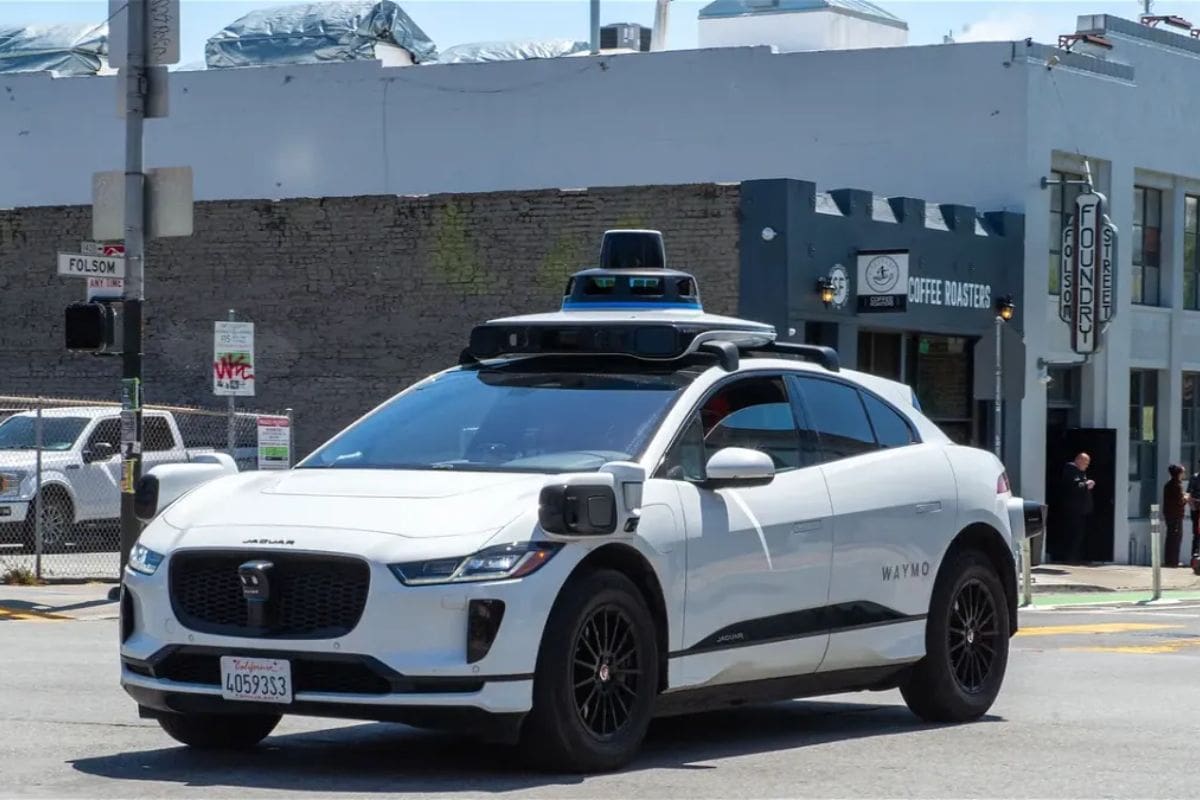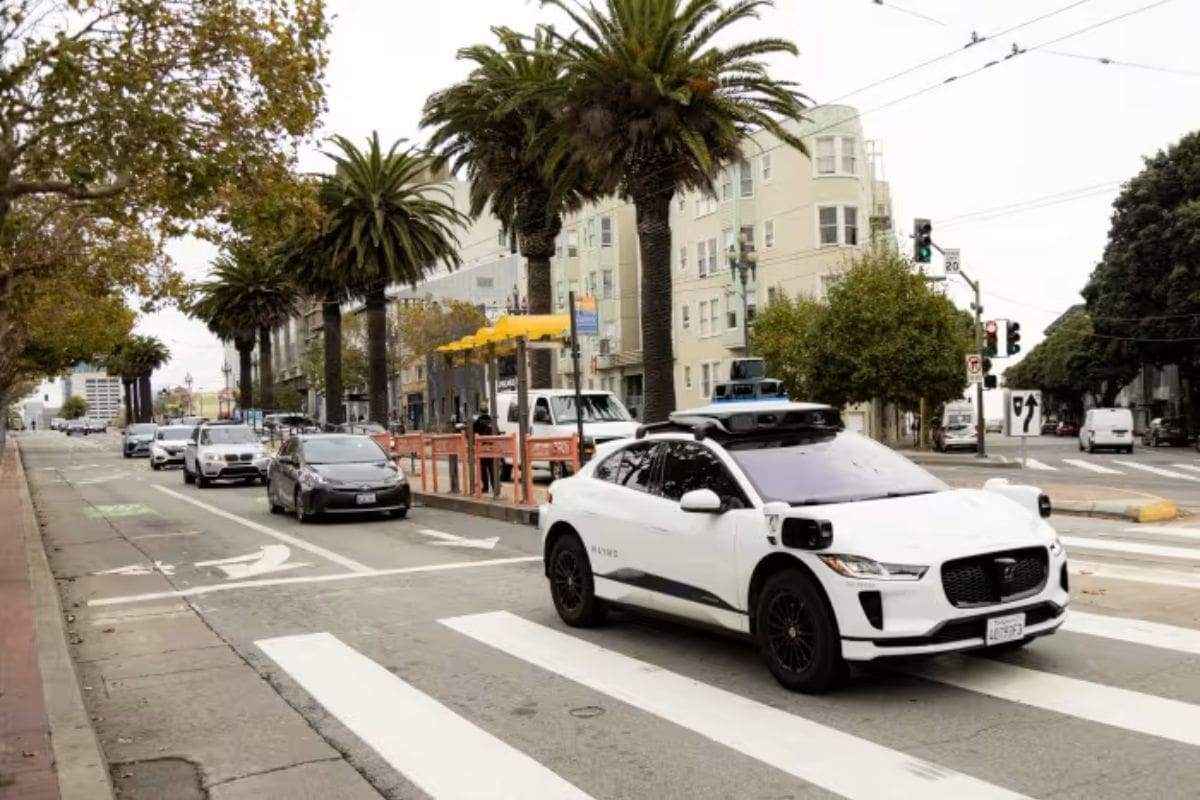Waymo Robotaxi Revolution: California’s recent approval of Waymo’s expansion of its robotaxi service into Los Angeles and San Mateo has sparked both excitement and concern.
As the autonomous vehicle industry continues to evolve, Waymo’s advancements represent a significant milestone in the push towards widespread adoption of self-driving technology.
However, with previous challenges in San Francisco and growing opposition from various stakeholders, the road ahead for Waymo in these new territories is not without its obstacles.
The implications of this expansion raise questions about the future of transportation and the intricate balance between innovation and regulation in the autonomous vehicle landscape.

Regulatory Approval for Waymo’s Service Expansion
Waymo’s recent approval by California regulators to expand its self-driving taxi services marks a significant milestone in the company’s journey towards enhancing transportation options in Los Angeles and cities on the San Francisco Peninsula.
The California Public Utilities Commission’s decision reflects a vote of confidence in Waymo’s advanced autonomous technology and robust safety measures.
This regulatory nod paves the way for the deployment of Waymo’s commercial Waymo One service in these newly approved areas, signaling a major step forward in the autonomous vehicle industry.
Waymo’s Presence in San Francisco and Previous Challenges
With its autonomous vehicles now a common presence on San Francisco streets, Waymo has encountered challenges that have prompted both scrutiny and adaptation in its operations. Despite its integration into the city’s transportation landscape, Waymo has faced some hurdles that have tested its capabilities:
- Traffic Disruptions: Waymo has acknowledged occasional issues with sudden stops by its autonomous vehicles, leading to traffic disruptions in busy San Francisco areas.
- Regulatory Oversight: The company operates under close regulatory scrutiny in San Francisco, where local authorities closely monitor the safety and compliance of autonomous vehicles on the city’s streets.
- Competition Dynamics: Waymo’s presence in San Francisco has also brought about competition dynamics with other autonomous vehicle providers, leading to a complex landscape of innovation and adaptation in the city’s tech-driven transportation sector.

Opposition and Local Governance Concerns
Local officials in San Mateo County and Los Angeles have expressed opposition and raised concerns regarding the expansion of robotaxis, advocating for increased local control over their operations despite regulatory approval. This opposition underscores the complex dynamics at play between state regulations and local governance when it comes to emerging technologies like autonomous vehicles. The officials are pushing for a more prominent role in decision-making processes concerning the deployment of robotaxis within their jurisdictions, citing concerns about safety, infrastructure readiness, and the overall impact on their communities.
The clash between state and local authorities highlights the need for a more cohesive approach to integrating new technologies into urban landscapes. While regulatory approval has been granted for Waymo’s robotaxi expansion in Los Angeles and San Mateo County, the resistance from local officials signals the importance of addressing local governance concerns. Balancing innovation with community needs and ensuring effective collaboration between different levels of government will be crucial in navigating the future of autonomous transportation in these regions.

Also Read: California Homelessness Billions Fail to Halt Crisis Surge
News In Brief
California’s recent approval of Waymo’s robotaxi expansion into Los Angeles and San Mateo counties signifies a pivotal moment in autonomous transportation. While hailed as a leap forward, challenges loom as Waymo navigates its way through previous hurdles in San Francisco.The regulatory nod from the California Public Utilities Commission underscores confidence in Waymo’s technology but also highlights growing opposition from local officials. Concerns about safety and infrastructure readiness shadow the expansion plans.Waymo’s journey reflects the intricate balance between innovation and regulation in the autonomous vehicle landscape. As the industry evolves, the road ahead for Waymo in new territories remains uncertain, emphasizing the need for collaborative solutions to shape the future of transportation.
Our Reader’s Queries
What does Waymo stand for?
In May 2016, Google and Stellantis unveiled plans to purchase 100 Chrysler Pacifica hybrid minivans for testing self-driving technology. By December 2016, the initiative underwent a rebranding, becoming Waymo, a separate entity under Alphabet, Google’s parent company. The name, Waymo, symbolized a fresh direction in mobility, emphasizing innovation and progress in autonomous transportation.
Is Waymo part of Google?
Originally recognized as the Google self-driving car project, Waymo is now an autonomous subsidiary of Alphabet, Google’s parent company. The company has been in operation since 2009, showcasing its evolution and independence within the realm of self-driving technology.
What is the Waymo AI technology?
The Waymo Driver comprehensively perceives and interprets its surroundings using an array of sensors, encompassing exterior cameras, and robust artificial intelligence (AI) software. This intricate process is aptly termed “Sense, Solve, Go.
Who owned Waymo?
On Friday, the California Public Utilities Commission sanctioned Waymo’s request to extend its self-driving taxi services beyond San Francisco. This Google parent company, Alphabet Inc.-owned enterprise, has been providing such services in Phoenix since 2020.

